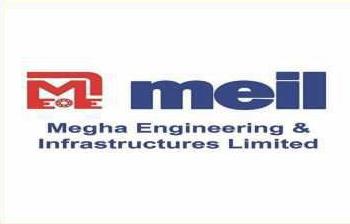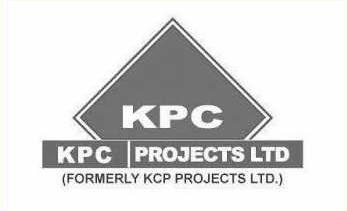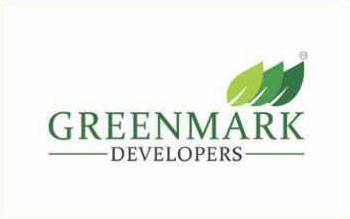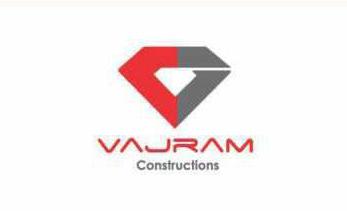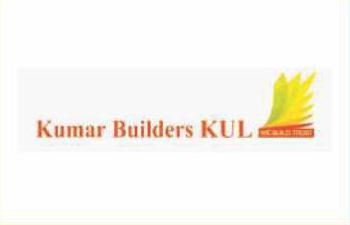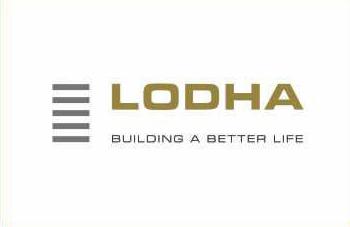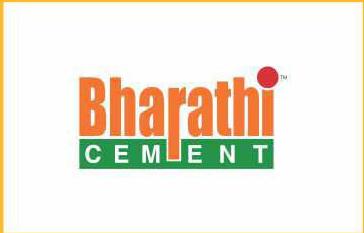In the rapidly changing construction industry in 2025, proper selection of building materials is now more vital than ever. One of the most relevant properties in reinforced concrete structures is the TMT (thermo-mechanically treated) steel bar. There are many brands and types of TMT bars available, so the issue of primary vs. secondary TMT bars is now more pertinent than ever.
Keshree TMT Bars believes in providing better information to help engineers, architects, and homeowners select TMTs that are safe and smart. This blog will explain the difference between primary and secondary TMT bars, the inherent risks of each, and the grades, and will help you identify some of the best TMT bars for construction in 2025.
What are TMT Bars?
TMT bars are steel bars that reinforce concrete in a building, bridge, and other constructions. The thermo-mechanical treatment provides a tough outer surface and a soft inner core, giving the TMT bar strength and flexibility. Keshree, as one of the leading TMT bar manufacturers in India, provides high-quality TMT bars designed for durability, longevity, and safety.
Difference Between Primary and Secondary TMT Bars
1. Raw Material Source
- Primary TMT Bars are built using virgin iron ore in integrated steel plants like Keshree’s modern manufacturing mills. This allows TMT bars to have a consistent chemical composition and become more reliable.
- Secondary TMT Bars are produced using scrap steel in induction furnaces. This raw material quality is variable at best, which will make for inconsistent quality in TMT bars, and they are not considered dependable when used in important construction.
2. Production Method
Keshree TMT utilises state-of-the-art German Turbo Quench (TMT) technology and ensures that the quenching and tempering of steel to create bars has precision, which leads to bars that have entrained high tensile strength and vice versa & uniform ductility – used as a determinant for a good primary TMT bar.
- Primary bars are automated with controlled procedures.
- Secondary bars have manual control with limited viable assurance, which causes a level of uncertainty when compared against primary TMT bars.
3. Chemical Properties
- Primary bars, such as Keshree’s, indisputably conform to BIS, ISI, and institutional standards and offer a low level of sulphur and phosphorus.
- Secondary bars typically chemically exceed levels and therefore have reduced levels of corrosion and mechanical loads on construction around steel.
4. Mechanical Properties
- Primary TMT bars exhibit excellent yield strength, elongation, and earthquake resilience.
- Secondary TMTs can not be expected to meet the minimum required tensile yield standards (criteria) due to performance inconsistency, irresponsible material exhaustiveness, and the pressures of construction hazards in a load-bearing environment.
TMT Bar Grades and Their Role
Understanding TMT bar grades is critical in making the right choice of TMT bar when starting your project. Here at Keshree, we manufacture all grades, such as:
- Fe 500
- Fe 550
- Fe 550D
- Fe 600
Each grade is suitable for particular construction usage. For example, Fe 550D has high ductility, so it is suitable for high-rise buildings and in areas prone to earthquakes.
Secondary TMT bar manufacturers often have similar bar grades but cannot test the bars or provide certifications, so their specifications do not adequately reflect real-world use and are worthless.
The Risks of Using Secondary TMT Bars
Using secondary TMT bars may seem cheaper, but it can expose you to serious risks in the long term:
1. Structural Integrity Issues:
Secondary TMT bars are inconsistent in their production methods, which creates a situation where there is a risk of cracking, deformation, and structural failure, particularly in the case of dynamic loading.
2. Potential for Corrosion:
If rust protection is not appropriate for TMT bars or the chemical composition is not consistent, you run the risk of strengthening all of your TMT bars but one and effectively ruining the entire structure over time.
3. Non-compliance with Building Code:
Secondary TMT bars do not comply with ISI/BIS certifications, and any structural inspection may fail, potentially leading to costly financial and legal situations.
4. Greater Maintenance and Repair Costs:
Initial savings generated from the use of secondary TMT bars can compound into repair costs, insurance issues and rebuilding if structural integrity is an issue.
Best TMT Bars for Construction in 2025
In 2025, primary TMT bars will continue to be the superior TMT bars for construction with:
- Superior Strength
- Seismic Resistance
- Corrosion Resistance
- IS:1786 Certification
Keshree TMT Bars are manufactured by adopting the latest BIS standards and are preferred by leading engineers and developers in India. Keshree TMT Bars is known for its commitment to "Strength, Safety, and Sustainability", making it the preferred choice in residential, commercial, and infrastructure projects.
TMT Steel Quality Comparison: Primary vs Secondary
Raw Material
- Primary TMT Bars: Virgin Iron Ore
- Secondary TMT Bars: Scrap/Recycled Steel
Manufacturing Plant
- Primary TMT Bars: Integrated Steel Plant
- Secondary TMT Bars: Mini Steel Plants/Induction Furnaces
Consistency & Standards
- Primary TMT Bars: High (ISI/BIS certified)
- Secondary TMT Bars: Low to Moderate
Chemical Composition
- Primary TMT Bars: Controlled
- Secondary TMT Bars: Inconsistent
Corrosion Resistance
- Primary TMT Bars: High
- Secondary TMT Bars: Low
Ductility & Bendability
- Primary TMT Bars: Excellent
- Secondary TMT Bars: Unreliable
Earthquake Resistance
- Primary TMT Bars: Yes (Especially Fe550D)
- Secondary TMT Bars: Rarely Compliant
How to Identify Primary TMT Bars like Keshree
Recognizing True Primary TMT Bars vs. Secondary Alternatives
Here are some tips for you to recognise true primary TMT bars from secondary alternatives:
- Pay attention to the ISI Mark: All Keshree bars are IS:1786 certified.
- Manufacturer Mark: Our bars have an exclusive rolling pattern and brand name.
- Uniformity of rib pattern: You should look for consistent spacing and design.
- Accuracy of weights and sizes: Keshree bars are made to stringent tolerances.
- Authorised Dealers: You should buy through an approved Keshree Dealer.
Why Keshree TMT Bars?
Keshree is not just a brand; the Keshree name has become a benchmark in TMT steel manufacturing, so why choose Keshree?
- German turbo quench technology for accurate temperature control and steel strength.
- Environmentally friendly production methods, keeping up with modern green building practices.
- Distribution across India offers access to several options to suit your project needs.
- Technical support and quality assistance at every level of your build.
Conclusion: Build Strong, Build Smart
The Primary versus Secondary TMT Bars debate in 2025 is quite evident that the winner is Primary TMT Bars, like Keshree TMT. And for those projects where strength, safety and lifespan matter, there should be no compromise.
If you are building a house, a tall building, or a bridge, you can trust Keshree’s TMT steel quality to deliver excellent performance. Go to www.keshree.com to see our products and make sure your next project is built to last.





